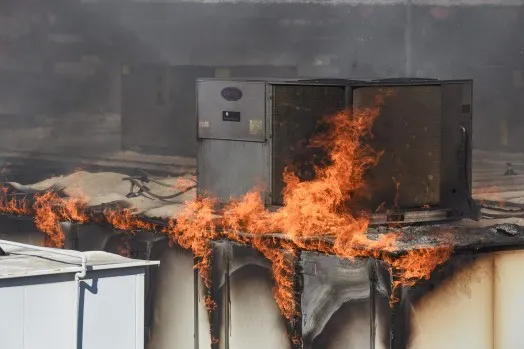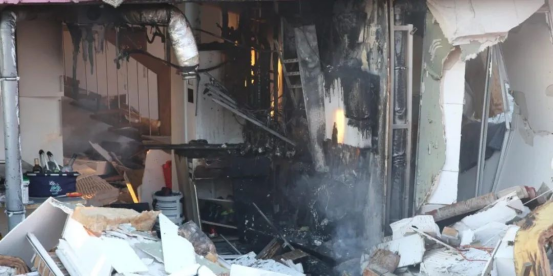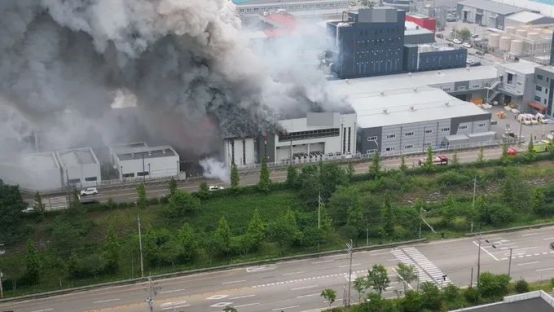- Home
- OFweek News
- Energy Storage Disaster: German Villa Explosion Exposes Hidden Dangers in Home Battery Systems
Energy Storage Disaster: German Villa Explosion Exposes Hidden Dangers in Home Battery Systems
Published: March 05, 2025 17:55
A shocking explosion rocked a luxury home in Schleswig-Holstein, Germany on February 21, 2025, capturing global attention. The million-euro villa wasn't destroyed by terrorism or a gas leak—the culprit was a rooftop solar panel's connected battery storage system that catastrophically failed.

source: OFweek
"It sounded like someone detonated an arsenal right next to me," one shaken witness recalled. Fire department reports confirm the blast was powerful enough to tear away an exterior wall and blast through the second floor. The homeowners narrowly avoided tragedy only because they were away on vacation—a sobering reminder that similar systems are installed in countless homes worldwide.
Investigation Reveals Dangerous Overcharging
Investigators determined that excess solar power generation overwhelmed the system that day. Instead of redirecting surplus electricity to the grid, it continuously charged already-full batteries—essentially like inflating a balloon without any pressure release. The storage system installed by contractor Viebrockhaus apparently lacked fundamental overcharge protection measures.
The local electrical association president called it unprecedented: "This is the first self-destruction of a storage system I've seen in our region." He explained that the system used high-energy-density lithium batteries capable of reaching 800°C within 0.2 seconds when failing. Safer lithium iron phosphate (LFP) alternatives exist but cost 15-20% more.

source: OFweek
In response, industry leader Senec quickly distanced itself from the incident, stating: "We monitor all installed systems in real-time, so we can definitively confirm this wasn't one of our devices." This rings hollow considering Germany has experienced multiple Senec battery fires since March 2022, leading the company to remotely limit all systems to 70% capacity and launch a replacement program that has already swapped over 5,000 battery modules.
A Growing Pattern of Failures
The explosion is part of a troubling trend. As global energy storage deployments surpassed 100 gigawatts in 2024, safety incidents have multiplied across the industry. Over 30 publicly reported accidents occurred last year alone, spanning manufacturing, storage facilities, transportation, and recycling—resulting in approximately 30 deaths and over $1 billion in economic damage.

source: CCTV
Notable incidents include:
- A June 2024 fire at South Korea's Aricell battery factory that killed 23 people, including 17 Chinese workers. The company had falsified quality inspections and provided inadequate safety training.
- An April 2024 explosion at an Italian energy storage facility in Bologna that killed 7 people after a water turbine malfunction caused hydrogen to accumulate underground.
- A May 2024 fire at California's Gateway energy storage station causing $50+ million in damages when LG batteries failed and monitoring systems missed multiple warnings.
- Tesla's December 2024 storage system fire in the Netherlands—their sixth such incident in five years—which contributed to a 12% European market share decline.
Industry experts suggest these public cases represent only the tip of the iceberg, with an estimated 90% of incidents going unreported. They warn that storage emergencies occur approximately every 10 days somewhere in the world.
The German villa explosion has become a wake-up call for the renewable energy industry, highlighting the gap between marketing promises and safety realities. As deployment accelerates, the pressing question remains whether manufacturers will prioritize safety alongside innovation in the global transition to green energy.
